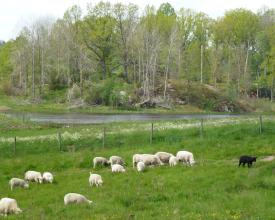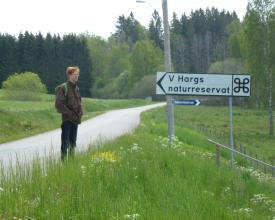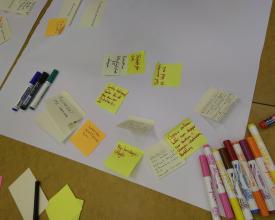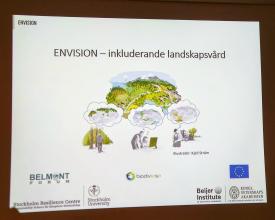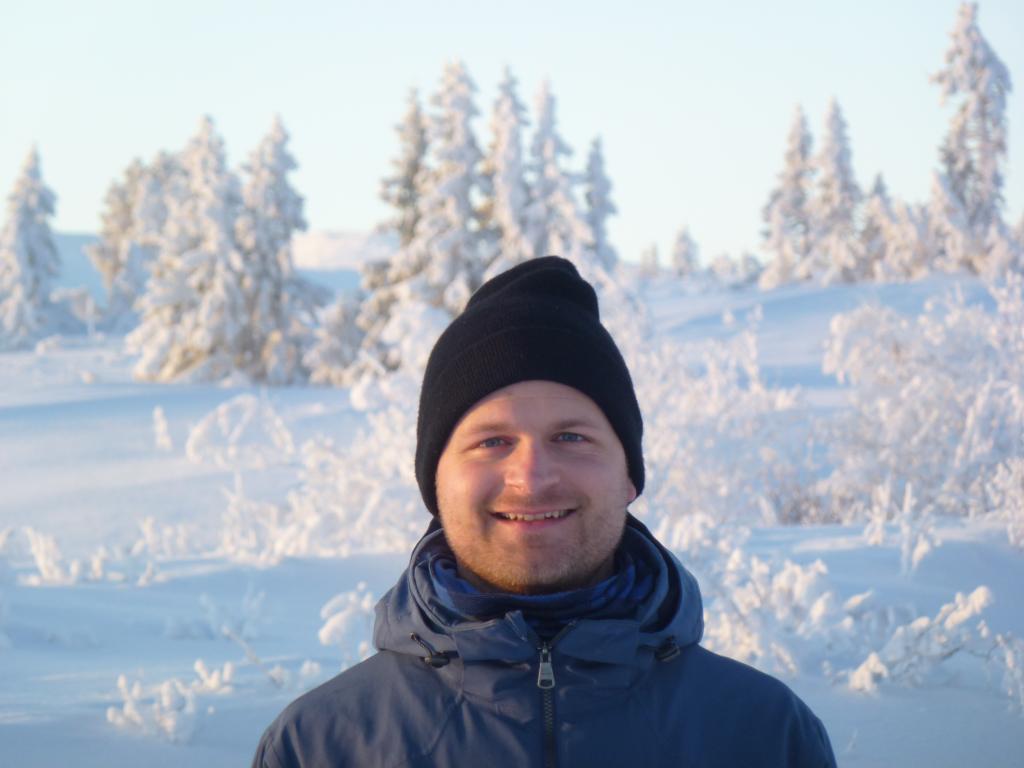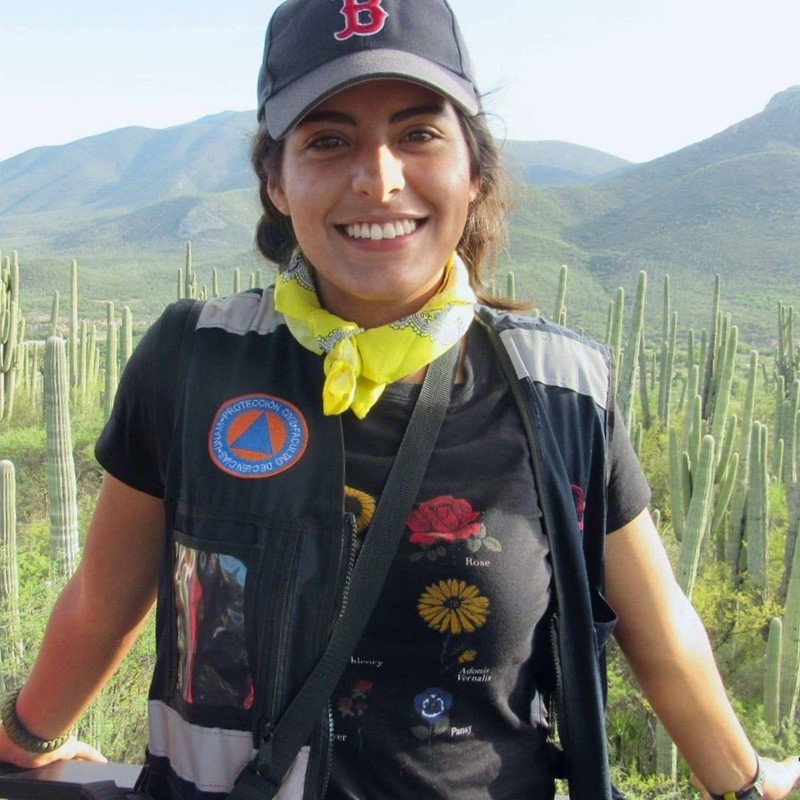
Building capacity for resilient and inclusive conservation of cultural landscapes
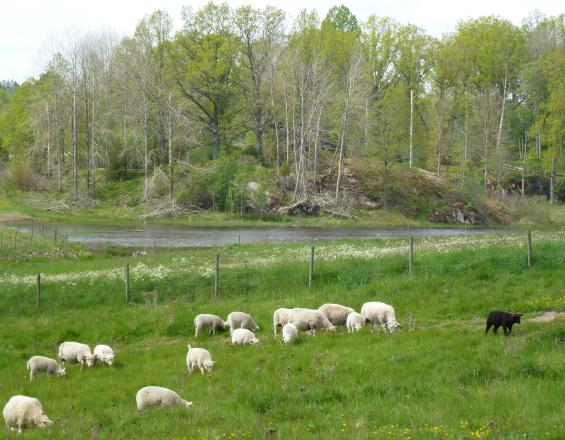
In mixed landscapes defined by coexisting land uses, landscape quality is an outcome of a confluence of actions by local actors with diverse, ever-changing and potentially conflicting needs, interests and desires. We present an approach to building capacity among local actors to develop collective strategies for navigating the system towards a broad collectively defined vision. The presented approach is adapted from a participatory resilience assessment and includes a series of workshops and meetings. The process starts with a baseline inventory to surface people’s values, knowledges, problems, and preferences, along with the identification of alternative management strategies and their actions. This inventory feeds into a deliberation on how multiple parallel strategies may coexist, complement or replace each other and can be coordinated to maintain overall landscape quality. We piloted the approach in Västra Hargs Lövskogar nature reserve in Sweden.
Context
Challenges addressed
Västra Hargs Lövskogar nature reserve and its surrounding mosaic landscape are defined by more or less conspicuous edges and boundaries that simultaneously separate and connect different parts of the landscape. This diversity is a source both of great richness and of tensions and conflict between coexisting interests and values. The inherently shared governance of the landscape faces a number of challenges: the oak woodlands are slowly degrading while the old pastures face afforestation and climate change is increasing risks of droughts and wildfires. Moreover, nuisance species such as the spruce bark beetle and wild boars give rise to conflicts over land management, while economic interests in forestry and agriculture diverge from recreational interests and long-term biodiversity conservation targets. These interacting challenges call for an inclusive approach to landscape governance that strengthens the collective capacity to deal with conflicts, uncertainties and future needs.
Location
Process
Summary of the process
The building blocks together shape the process for building collective capacity for the management of cultural landscapes over time.
Building Blocks
Guiding framework and learning process: connecting building blocks and linking strategies
Knowing what you need to know about your system is the starting point and constant framework for a targeted learning process. The Västra Harg case was informed by recent developments in resilience thinking on pathway diversity to introduce an approach for building capacity among system actors to navigate changes and move the system toward a common vision.
Enabling factors
- Theory, experience in systems analysis, rich case study descriptions and background material.
- Together, building blocks 2-5 support a joint knowledge process that builds individual and collective capacity, and through that, agency.
- Iterative modes of engagement with active facilitation.
- Multiple sources of evidence and knowledge.
Lesson learned
- The conceptual framework you start with needs to be flexible enough to accommodate changes and adjustments to fit with the local context. An explorative, deliberative learning process means that you do not know beforehand exactly what the focal points will be – the framing and discussion points develop over the course of the project.
- More iterations allow for better validation, more opportunities to triangulate and to dig deeper into issues. The combination of building blocks offers opportunities for several iterations, as time and stakeholder interests allow. In this way, the Västra Harg process sustained a multi-fora dialogue between research and practice.
- For a fruitful collaboration it is important to clarify expectations on roles and outcomes early on and formulate a clear intent with the process that meets both your own and the partner’s interests. The approach described here has a specific objective - identifying, describing and connecting different strategies that could contribute to inclusive conservation - and this has to be made clear.
Creating a spatial baseline understanding of knowledges and potentially diverging values of stakeholders and local residents
We collected baseline information through a large survey among residents in the area.
Enabling factors
A Public Participation GIS (PPGIS) survey examined the relationship between perceived threats and preferences for landscape management, self-reported knowledge on environmental issues and landscape values. Respondents were asked to pinpoint locations in the landscape they consider valuable for instrumental, intrinsic, and relational reasons. These point locations were collected to visualize hotspots of values.
Lesson learned
- There is a broad geographic distribution of instrumental values while there is a high degree of overlap occurring between relational and intrinsic values in towns and Natura 2000 sites
- High levels of knowledge about landscape management issues can be linked to values assigned to the local landscape. For example, those more knowledgeable about wild boar management are more likely to attribute personal identity to the landscape.
- Multiple values can both reinforce each other and at the same time lead to value-based conflicts that need to be managed.
- Collaboratively unpacking the knowledges and values and their complex linkages around landscape challenges and solutions is therefore central to our inclusive conservation approach.
Preferences, priorities, problem identification and tentative solutions – mapping system knowledge, target knowledge and transformative knowledge
Eliciting perspectives and systems understandings from a larger group of people in a systematic way to better understand the key issues that the process is framed around. Key issues are useful entry points to start entangling system dynamics - What are useful entry points in your case and to whom? This phase also asks the question of what is already known about the system by the stakeholders and what are uncertainties according to the stakeholders?
Enabling factors
- The iterative online survey offers a way to synthesize existing knowledge without actually meeting, online or in person.
- The Delphi survey design helps bypass challenges in different actor preferences for how to collaborate, the perceived importance given to different issues and the practical circumstances of their involvement (e.g. professionally or privately). These differences may make it difficult (or impossible) to find a format, time, topic and language that suits everyone.
Lesson learned
- Complementary activities, like open ended interviews or discussions with a reference group not involved in the survey, can help clarify what information you have and what is missing.
- Finding a unifying and specific vision for a complex landscape is hard. Identifying multiple points of common interest and a broad target like ‘liveable countryside’ can serve as a more realistic starting point for moving forward.
Resources
Space for reflexivity
A diagnostic and reflexive approach on values, knowledge and expectations at individual level is a useful baseline to prepare the group interactions and to balance representativeness and synergies in pluralistic settings
Enabling factors
- Meeting individuals “where they are” and encouraging them to reflect what they would bring (in terms of defended values and knowledge) to a group deliberative setting may enhance their long-term engagement and contribute to building collective capacity for mosaic landscape management;
- Similarly, upfront asking participants who will be engaged in knowledge co-creation about their expectations from the process, i.e. expectation management, may increase participation.
Lesson learned
- In situations of values plurality and participatory decision-making it is more appropriate to adopt an adaptive and reflexive approach that recognises knowledge is intertwined with values and that they are mutually co-creating each other;
- To navigate consensus, dissensus and inclusivity in multifunctional landscapes it is useful to plan for a collaborative process that alternates between consensus building and plurality recognition; in other words, reaching consensus should not be done at the expense of excluding certain viewpoints. This needs to be mentioned transparently, as agreement may not be favoured over the expression of value plurality;
- An individual-based reflective inquiry of values and knowledge can be a relevant part of planning a multistage collaborative process towards sustainability outcomes.
- More reflexive approaches to protected area management may enhance inclusive processes by allowing for different value and knowledge systems to co-exist.
Building agency through facilitated knowledge co-creation
After the baseline assessment the deliberation and co-learning process needs to shift towards a long-term continuous process with recurring meetings. This may include changing roles and encouraging stakeholders to claim ownership and take lead. For this to be a smooth transition it needs to be addressed already when the process starts.
Enabling factors
- Increasing familiarity with online platforms and tools.
- Creation and use of boundary objects (mind maps, system diagrams, billboards).
- Clear protocols for data management and sharing are required, and group dynamics and potential disagreements need to be handled. Hence, it is essential for a successful process that the core team has competence and experience in process design, facilitation and communication, and that these different roles are divided among the core team members.
Lesson learned
- Especially if you are an ‘external’ actor, finding local collaborators with a shared interest, and who are willing to invest some time, is invaluable.
- Start with already existing strategies or the actions participants can see themselves engaging in. Starting with something more ’concrete’ will help people to reflect and think beyond their current reality.
- Designing and planning exercises together with key stakeholders and local partners may help facilitate the process.
- Actor differences make it difficult (or impossible) to find a format, time, topic and language that suits everyone. A recommendation is to run at least part of the process in parallel focus groups in order to be able to go deeper into certain topics that might not be relevant for the whole group.
- Small things matter, like sending individual emails to people adapted to them and their work, finding opportunities to meet in person or join external events organized by the participants of your process.
Resources
Impacts
Dozens of local actors and stakeholders have been actively engaging in our process and through that gained a better understanding of contemporary and future challenges, and how they all are part of the solution. Inspired by this engagement, a new management council for the protected area was erected where different actors can meet regularly to coordinate and plan ahead.
Beneficiaries
The reserve is situated in the middle of a transition gradient from intensive agriculture to dense forests. Beneficiaries are land owners and small scale business (agriculture and forestry), residents, visitors etc.
Sustainable Development Goals
Story
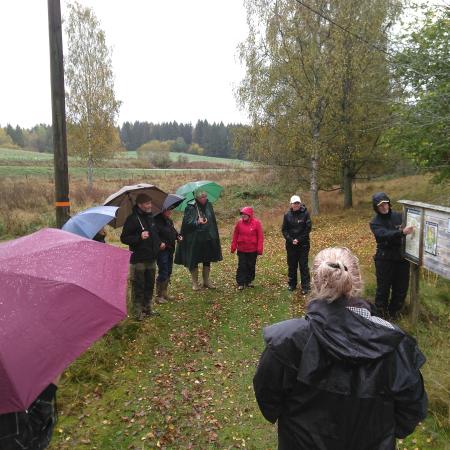
Thomas Johansson, manager at the nature reserve Västra Hargs Lövskogar, had long had the idea of starting a local management council in Västra Harg. Land owners, local organizations and farmers are all involved in the use and management of the area and need to coordinate their activities. In October 2020, an ENVISION workshop gathered local and regional actors to discuss how to maintain and develop the values of the mosaic landscape embedding the Västra Harg village and protected area. During the workshop, the collaborative spirit of the local community was apparent and it served to gather additional momentum. In March 2021, Thomas and his colleagues organized a first meeting where it was decided to form a new management council for the protected area where the different actors can meet regularly to coordinate and plan ahead. (The Envision team of researchers hope to be able to continue to follow this exciting new development.)

